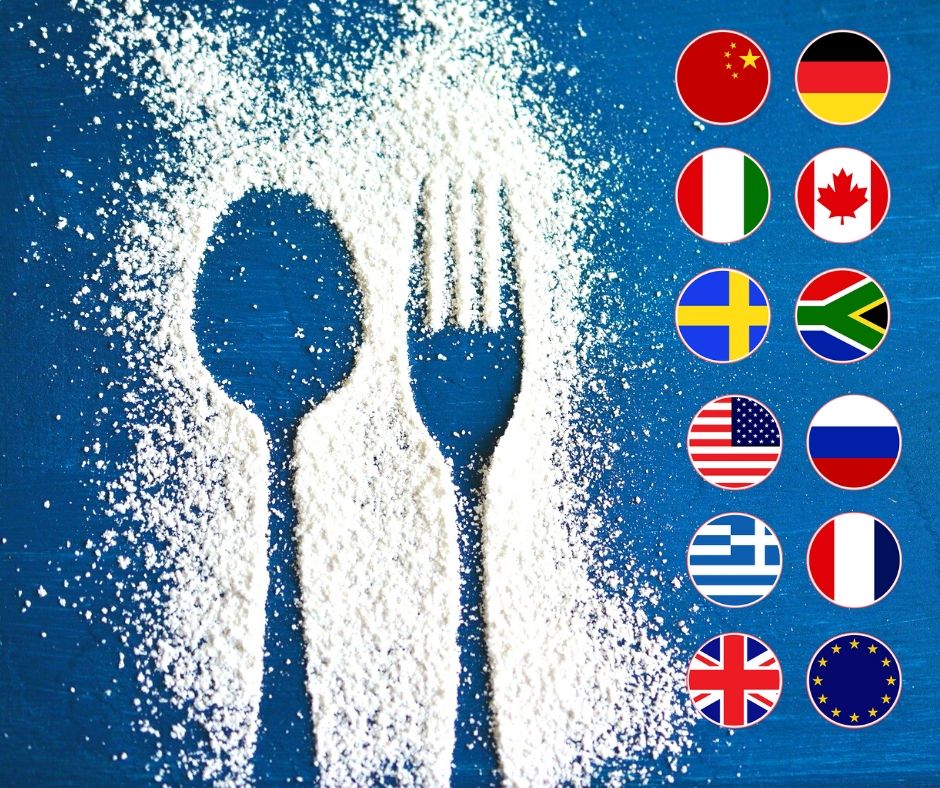It all started with an innocent post by my friend Jose from Brazil on our Coliglote Language learning Facebook group…
A perfectly innocent publication, I assure you! Here’s what he shared with us:
“Brazilian curiosity… In Brazil, you eat avocado… with sugar! You eat avocado as a fruit, it’s a very common tree in the backyard of a house.We find it very strange to eat avocados in salads with salt and pepper. »
Neither one nor two! My curiosity was suddenly aroused and I wanted to write an article about culinary curiosities around the world.
After some deliciously fruitful research, here I am able to present you a “best of” of the 10 most incredible culinary preparations! You won’t believe your eyes, ears and taste buds! Tie up your napkins and let’s go…
1. Avocado: sweet or salty?
So we start with my friend Jose’s avocado. The avocado would be eaten sweet in Brazil, which is indeed uncommon in France. If you look at the comments of this publication, you will discover that it is also eaten sweet in Mexico (in sorbet or yoghurt) or Madagascar (in juice), but with oil, salt and bread in Chad or Cameroon, whereas in France it is eaten more as a salad or garnished with a tuna mayonnaise mix, which could also surprise you…
A few small pictures to illustrate all this?
Sweet avocado:
1. In juice
2. Sweet!
3. Ice cream
4. In yoghurt

Salty avocado
1. In a salad (with tomato, lettuce, olives, onions, …)
2. On bread (with oil, salt, lemon …)
3. Garnish (tuna mayonnaise)

Conclusion, no matter
what you do with it, the avocado remains delicious in any recipe!
2. A little insect skewer to go on?
Skewers of scorpions, seahorses, spiders, snakes, starfish… will you have some more? This menu of little critters to nibble on was offered in Beijing on the Donghuamen market which is now closed due to … dubious hygienic and packaging conditions. But the good news is that the vendors still exist!
3. How about some firm frog’s legs, huh?
Ahhh… the French and their culinary quirks! Frogs’ legs, what a funny idea. The French are indeed reputed to be the “Frog Eaters” par excellence, so much so that they are given the little nickname (which they like to think affectionate) of “Froggies” by their English neighbours. But frogs’ legs are also eaten in other countries, dear friends: in Germany, in the United States, in Quebec… “Not enough to whip a cat! ” as we say in French. (By the way, cats are not eaten in France).
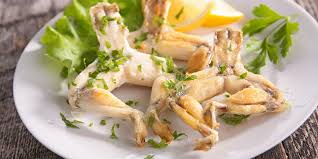
However, this gastronomic practice, the cruelty of which is denounced by animal rights activists, has a slight downside: the thighs are said to be cut open on frogs, whose mutilated body is then thrown away as garbage without regard for the suffering inflicted. To consume with full knowledge of the facts therefore…
4. The haggis, to fill your stomach!
Have you ever heard of wild haggis?

Oh, come on! This is the famous creature endemic to Scotland, a bird whose wings have atrophied during its evolution. It lives in mountainous areas, sleeps only in heather, and moves only by galloping around the mountain in a clockwise direction, which gives it the anatomical characteristic of having two long legs on one side and two shorter legs on the other (on the side of the slope of course). It is also reputed to lay the scotch egg . It is from its flesh that we cook the famous Scottish haggis!
Still no ? Well, okay, I admit it: the haggis is a mythical creature invented by our Scottish friends to answer the question of travelers, curious to know what was their culinary specialty – a real one – called “haggis”. Ah the jokers! See for yourself:
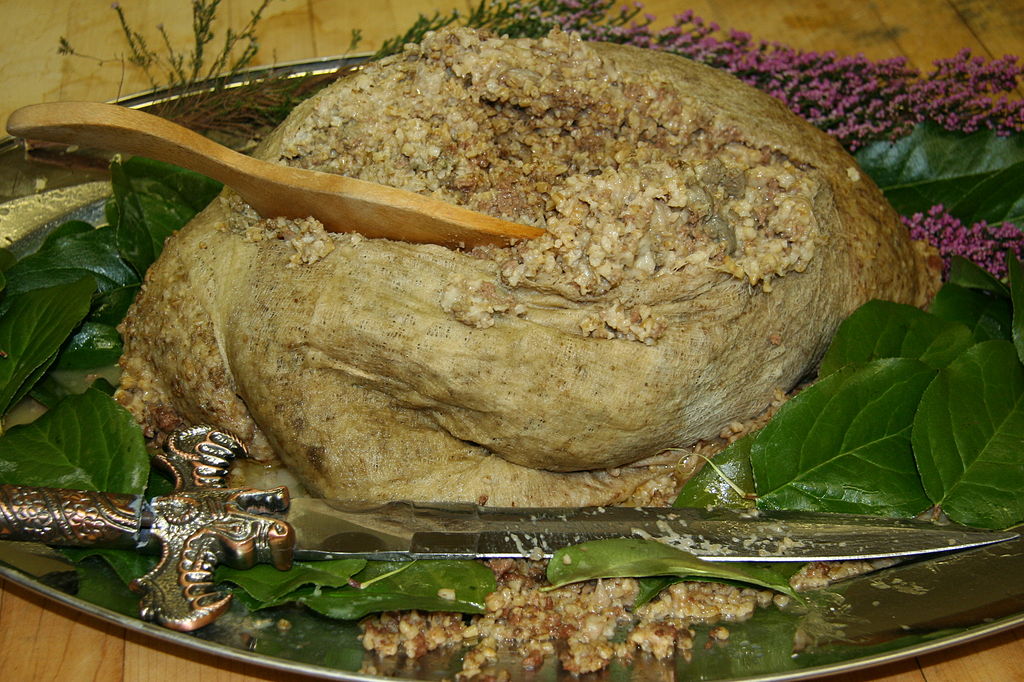
It is a sheep’s rumen stuffed with giblets – lung, liver, heart… -, onions, oats and fat. If the recipe and the final visual rendering of this dish may seem repulsive, they don’t do justice to its gustatory qualities: because, according to those who have tried it, haggis is good, even excellent!
5. Freshness and delicacy with the Corsican Casgiu merzu
“Casgiu merzu”. The name of this Corsican cheese sweeps away our futile illusions right away. How would one translate it?” Rotten cheese”. Wikipedia gives some useful information to those who would like to learn how to prepare it: “Sheep’s Tomme is left to mature in a ventilated place open to flies. The flies lay their eggs there. As larvae, these little worms feed on the cheese. These larvae bring the cheese to a stage of decomposition through their digestive action, which leads to an advanced level of fermentation. »
We have three ways to enjoy it:
– with the larvae that are still alive and still wriggling
– after the worms are gone
– by heating it up.
It’s up to you what your preference is. Know in any case that it is a very expensive cheese and very difficult to find (since it does not respect any of the European standards) which is an integral part of the Corsican culture.
As a cultural anecdote, in the comic book Astérix en Corse, the chief of the clan Ocatarinetabellatchitchix introduces the Gauls to this cheese. This cheese, because of its fumes, will unfortunately end up blowing up the boat in which they were travelling!

6. Rocky mountain oysters to feel strong as an ox!

Who says Americans aren’t good at cooking? This is completely wrong, they prove it by showing a beautiful imagination with their “rocky mountain oysters”, namely… bull’s testicles.
They are fried and served on bread or on a bed of salad, in all simplicity, to the delight of our delicate taste buds. Only regret, gentlemen, enjoy this dish as much as you like but it will not offer you the virility of the animal.
7. A coffee to unclog all tubes…
Where can you find the most expensive coffee in the world? In Italy? In Madagascar? In South America? Well no, it is in Asia that you can discover this beverage not only overpriced, but also and above all curious…
Indeed, Kopi-Luwak coffee is made in Indonesia in an amazing way.
Originally? A small civet, called Luwak, living in the coffee trees, which feeds on the coffee beans. Unable to fully digest them, it excretes them with its own feces. That’s right. It is these partially digested beans that are marketed and give a coffee with less bitterness.
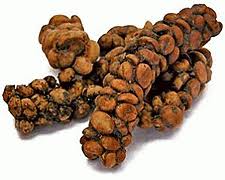
On the downside: not only are packets reportedly sold at Harrods in London at the infamous price of $10,000 per kilo, but the success of this coffee has led to the intensive breeding of civets in lamentable conditions?
8. The snails of Burgundy, pearls of French gastronomy
Ultrachic, the French snail!
Coming with a garlic sauce with parsleyed butter, snails are a speciality served mainly for special occasions and family meals. The traditional preparation consists in first boiling them in their shells, then extracting them and throwing them in fresh water, before putting them back in their clean shells accompanied by their small sauce so typical with garlic butter and chopped parsley. They are then put in the oven and served by the dozen or half-dozen, usually on a special plate. For tasting, a snail fork and a snail tongs can be used.
But yes, it is very good, I assure you!

9. The larva in the spotlight!
And now, our next candidate to tickle your palate: Australia.
Witchetty larvae, originally consumed by the Aborigines. Charcoal roasted, these larvae would taste between scrambled eggs and mozzarella cheese. I don’t see why not.
Reaching the size of 7 centimetres, Witchetty grubs are found in the roots of an acacia tree. When you don’t eat them, they become… a big butterfly, of course!

10. The Chinese “tong zi dan” to finish in beauty
An excellent dish based on eggs boiled in the urine of young boys. Every year in the spring the urine of prepubescent boys, preferably under ten years of age, is collected. As in the recipe for hard-boiled eggs, the eggs are placed in the urine which is boiled until it hardens. Their shells are then cracked and left to simmer in the liquid for a whole day.
Enjoy your meal.
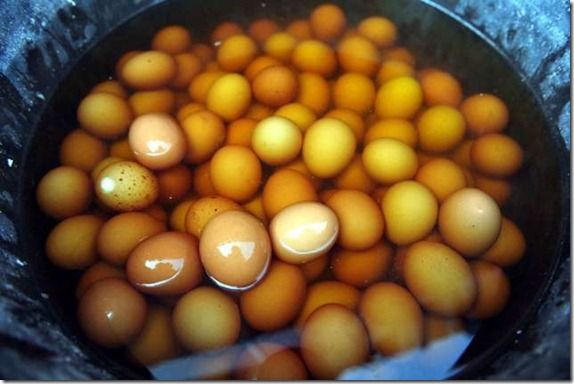
11. Bonus !
And to learn even more about Brazilian specialties, here are different Facebook posts from my friend Jose :
And my friend Fatima enlightens us about the bitter oranges, you know, the ones that litter the streets of southern Spain or northern Africa in winter:
Enjoy the tasting !

